With the rise of nightclubs, drag cabarets have become increasingly deserted by gay clientele. However, numerous drag shows can still be found in provincial nightclubs and a few Parisian venues. The famous Parisian drag cabarets nonetheless continued to thrive during the 1970s, thanks to a heterosexual and tourist clientele. Monsieur Marcel still owned his three venues, including the historic "Madame Arthur" on rue des Martyrs, "Elle et Lui" with its lesbian-themed show, and "Le Carrousel de Paris". The popular "Michou" overtook Madame Arthur on rue des Martyrs. Its burlesque drag performers, lip-syncing and impersonating famous singers of the time, drew crowds to the small venue.
"L’Alcazar", opened in 1968 by Jean-Marie Rivière, along with Marc Doelnitz and Paco, featured white tailcoats and top hats. The drag shows reached an unparalleled level of professionalism, and the magical revues became sparkling gems of perfection. Roomy Haag performed there before launching an international career and opening his famous Berlin cabaret "Chez Roomy Haag". The cabaret closed in 1974. Frantz Salieri opened "La Grande Eugène" on rue d’Argenteuil in April 1970. The venue was small and poorly located. It relocated in January 1971 to 12 rue de Marignan. "La Grande Eugène" was the stage name of a former dyer, Eugène Couvri, who had started out at "Chez Michou" alongside Michel Catty.
Three drag performers supported him: Jérôme-Olivier Nicolin (Belle de Mai), José-Christian Niego (Josepha Badabou), and Jean-Claude Dreyfus (Emma von Scratch), who played many female roles at "La Grande Eugène" before beginning a long acting career. The drag show at La Grande Eugène defied classification. It blended, in a superb staging, burlesque, poetry, and eroticism.
In 1973, Frantz Salieri handed the club over to Eugène Couvri, who renamed it "Les Sans Gênes". In early 1975, Jean-Marie Rivière took over the venue and turned it into "L’Ange Bleu". The dwarf Pieral starred alongside Marie-France. Later, Jean-Marie Rivière created "Le Paradis Latin", inaugurated on November 14, 1977, on rue du Cardinal Lemoine. His revue "Paris Paradis" definitively moved away from the drag shows that had made his reputation at the Alcazar in Paris, Cannes, and Saint-Tropez. However, it was at the Paradis Latin that a drag artist destined for an international career was discovered: Arturo Brachetti.
Another cabaret from the 1970s, "Le Zeeboys", opened at 23 rue du Chevalier. Its manager was a former dancer for the Marquis de Cuevas and Béjart. The show was more masculine and erotic.
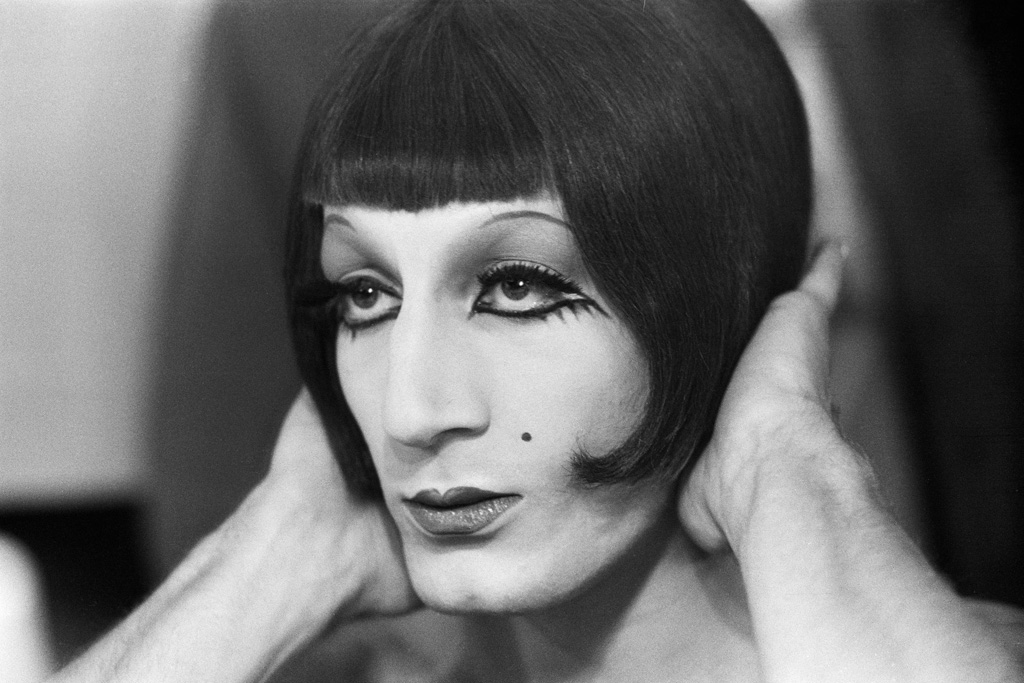
La grande Eugène — Jean-Claude Dreyfus 1975
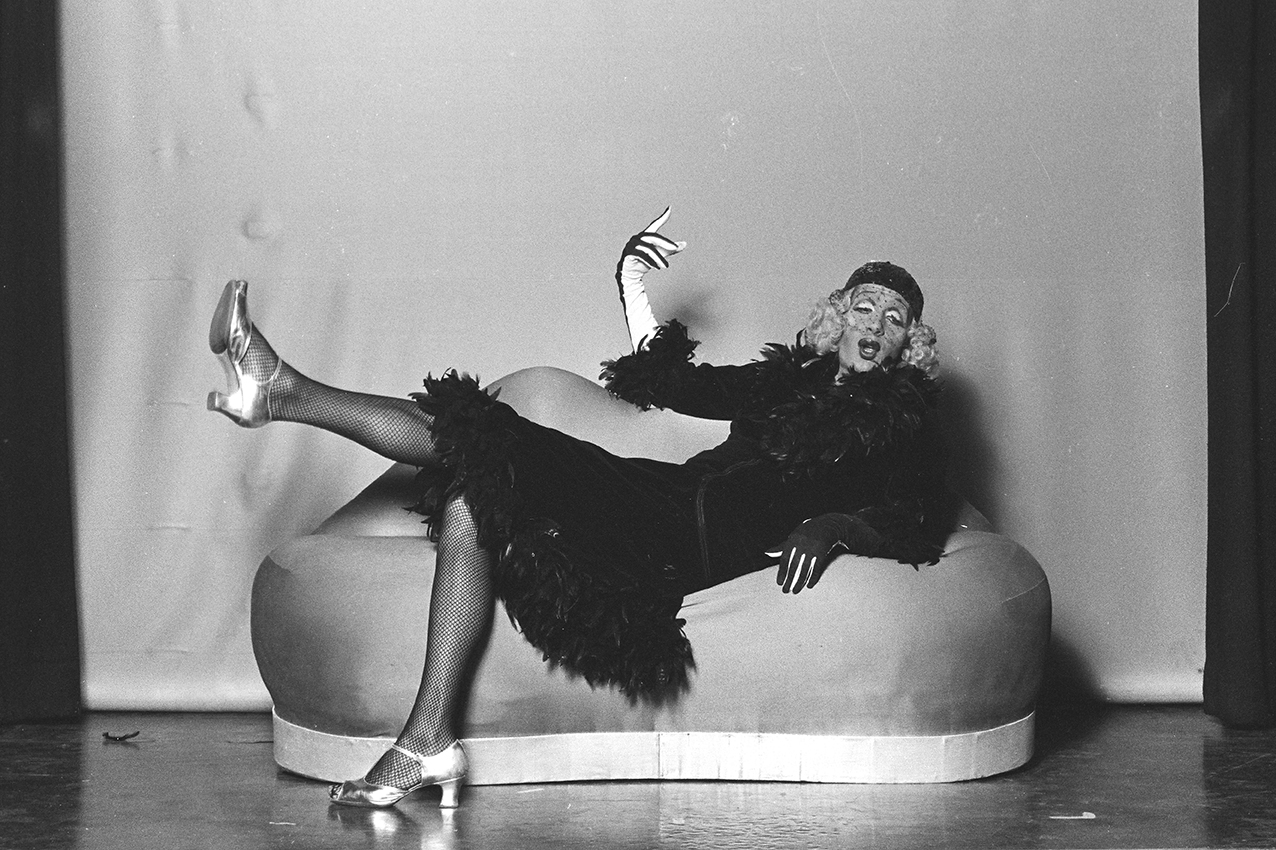
La grande Eugène — Jean-Claude Dreyfus 1975
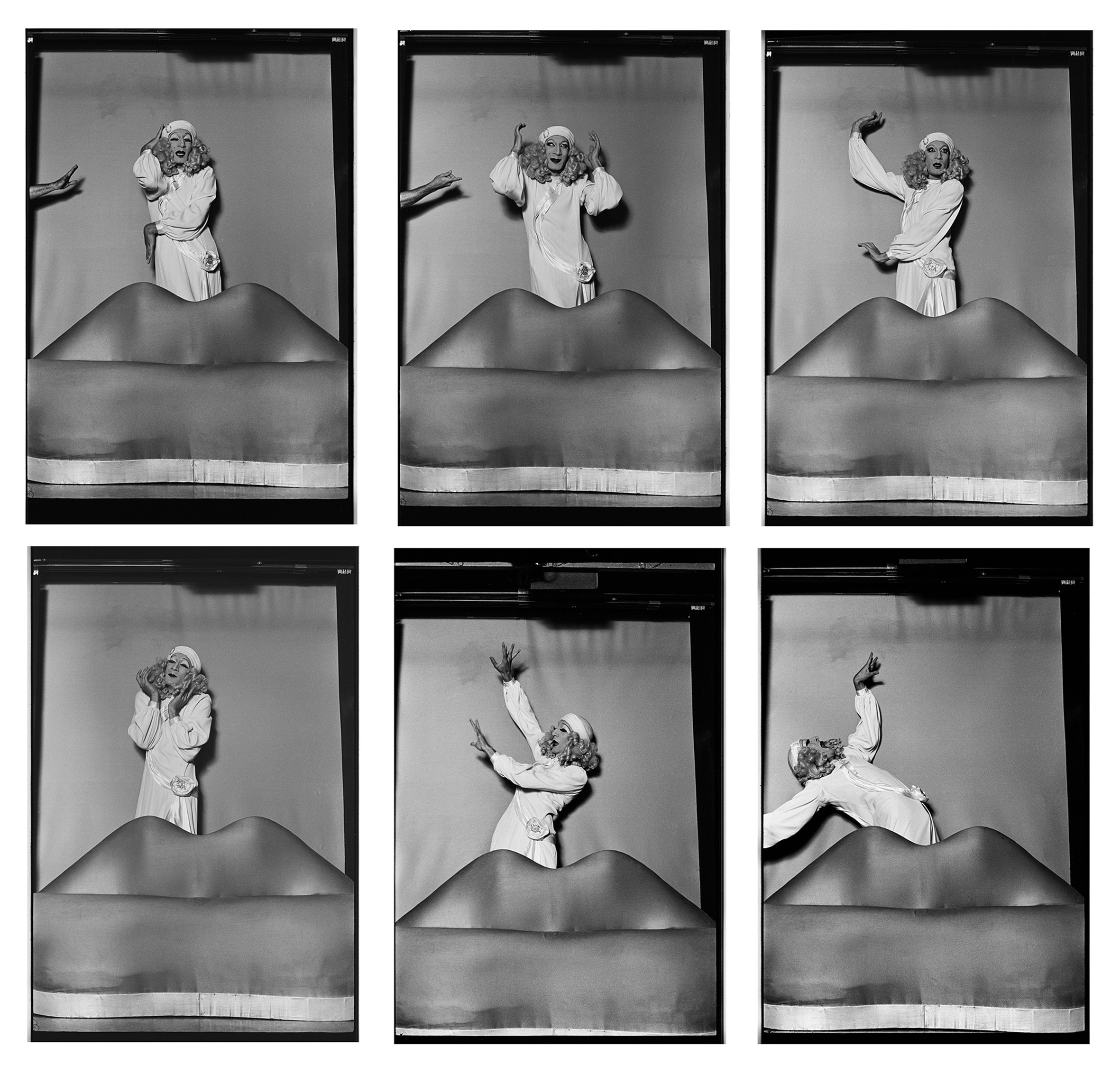
La grande Eugène — Jean-Claude Dreyfus 1975
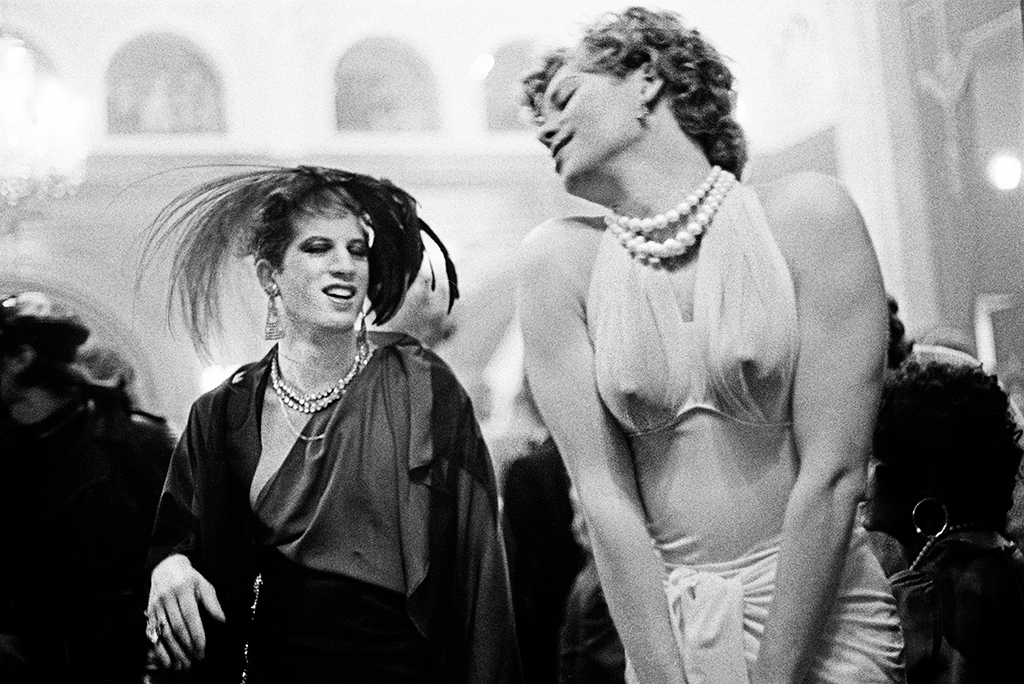
Porchester Hall Cabaret, 1971
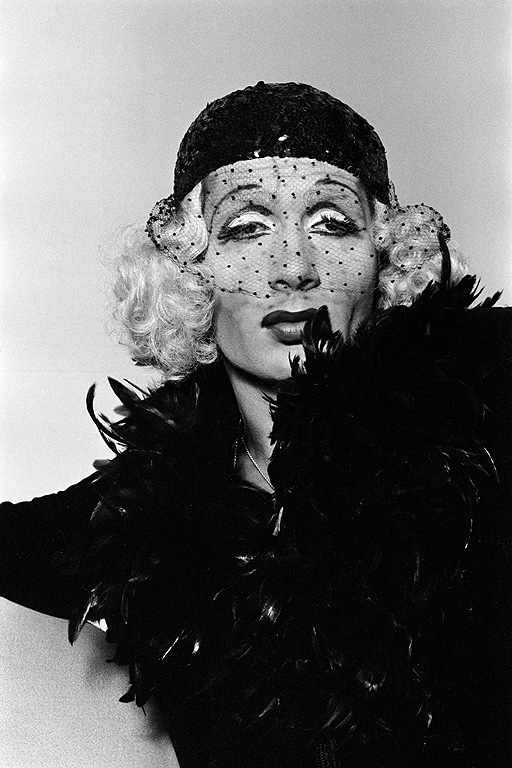
La grande Eugène, 1975
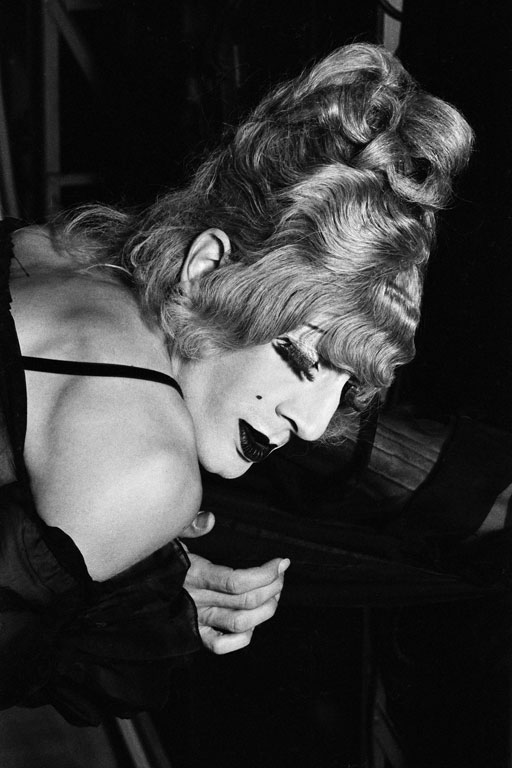
La grande Eugène — Jean-Claude Dreyfus 1975

La grande Eugène, 1975

La grande Eugène, 1975

La grande Eugène, 1975

La grande Eugène — Jean-Claude Dreyfus 1975

La grande Eugène, 1975

La grande Eugène, 1975
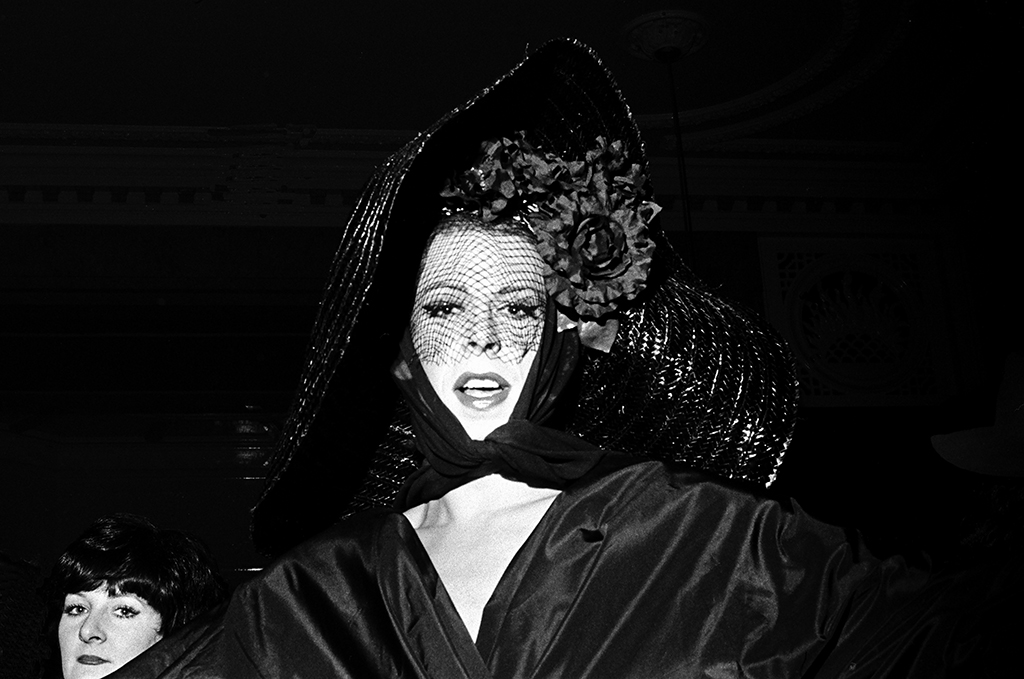
Porchester Hall Cabaret, 1971

La grande Eugène — Jean-Claude Dreyfus 1975

La grande Eugène, 1975

La grande Eugène — Jean-Claude Dreyfus 1975

La grande Eugène, 1975
La grande Eugène, 1975
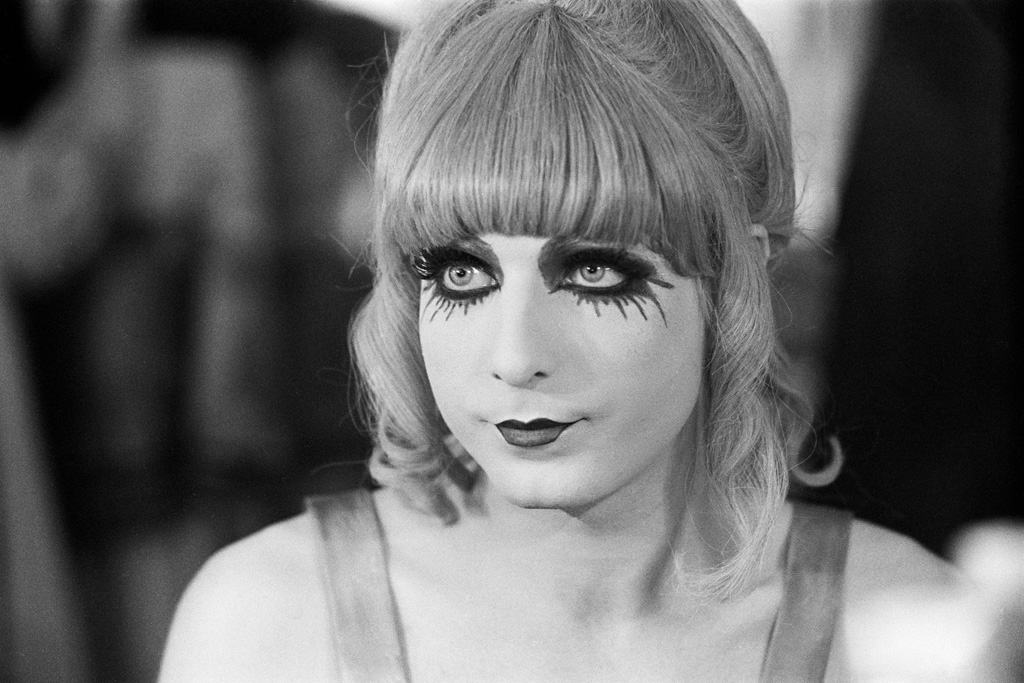
La grande Eugène, 1975

La grande Eugène, 1975
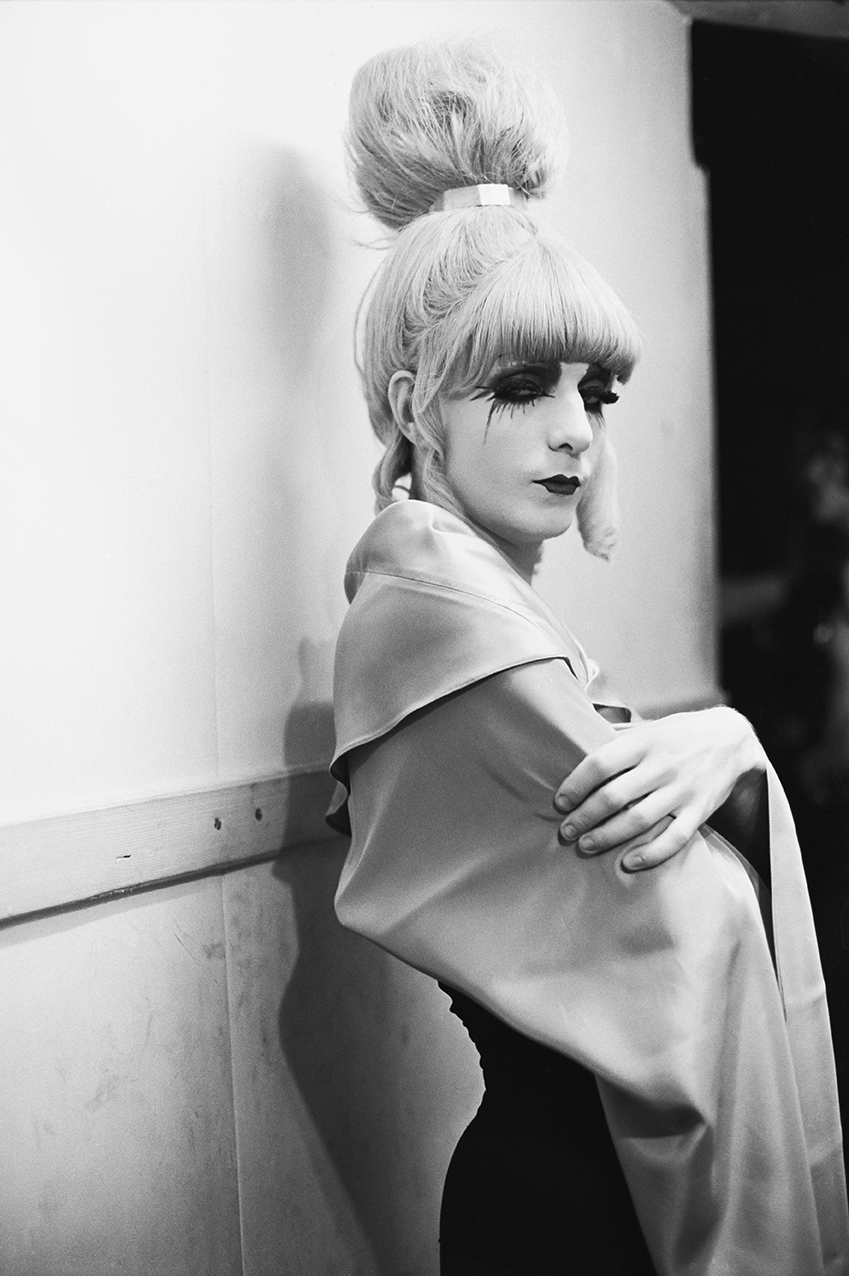
La grande Eugène, 1975
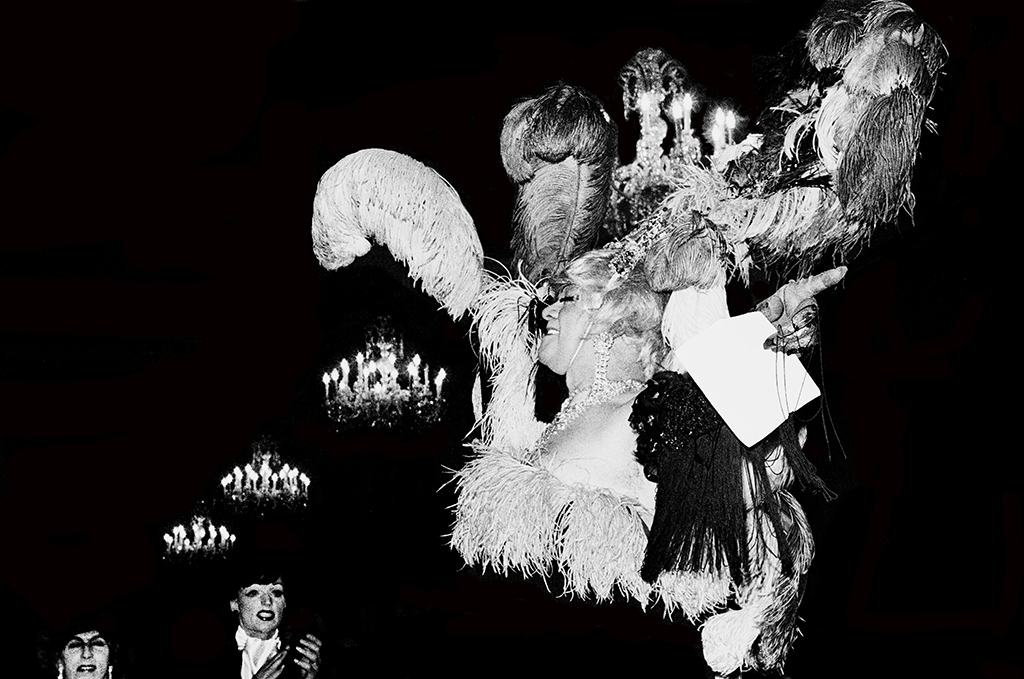
Porchester Hall Cabaret, 1971
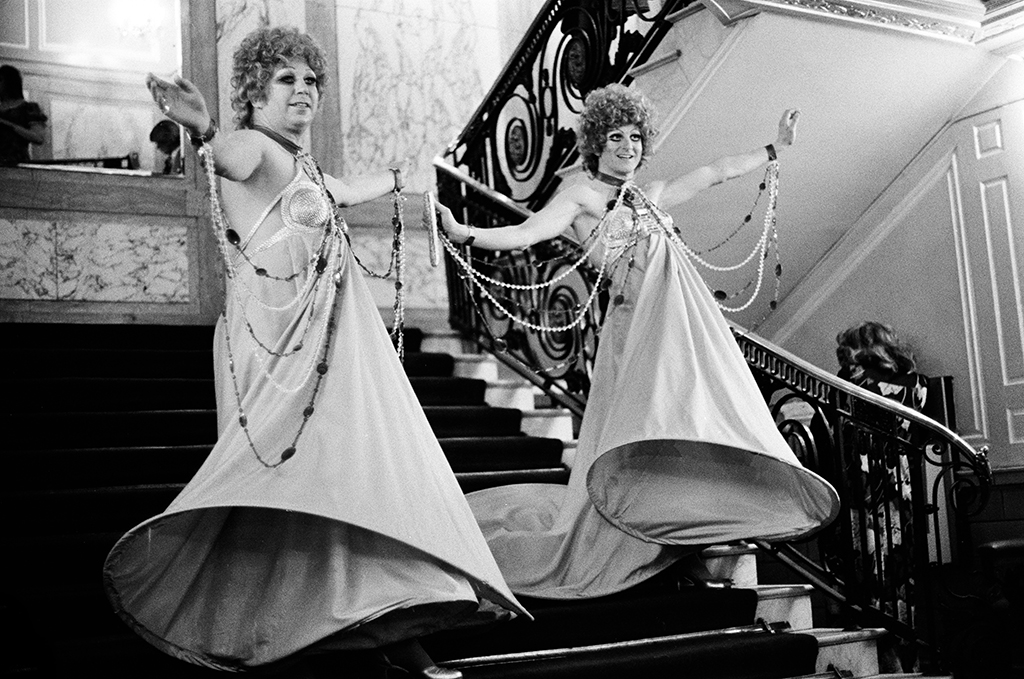
Porchester Hall Cabaret, 1971
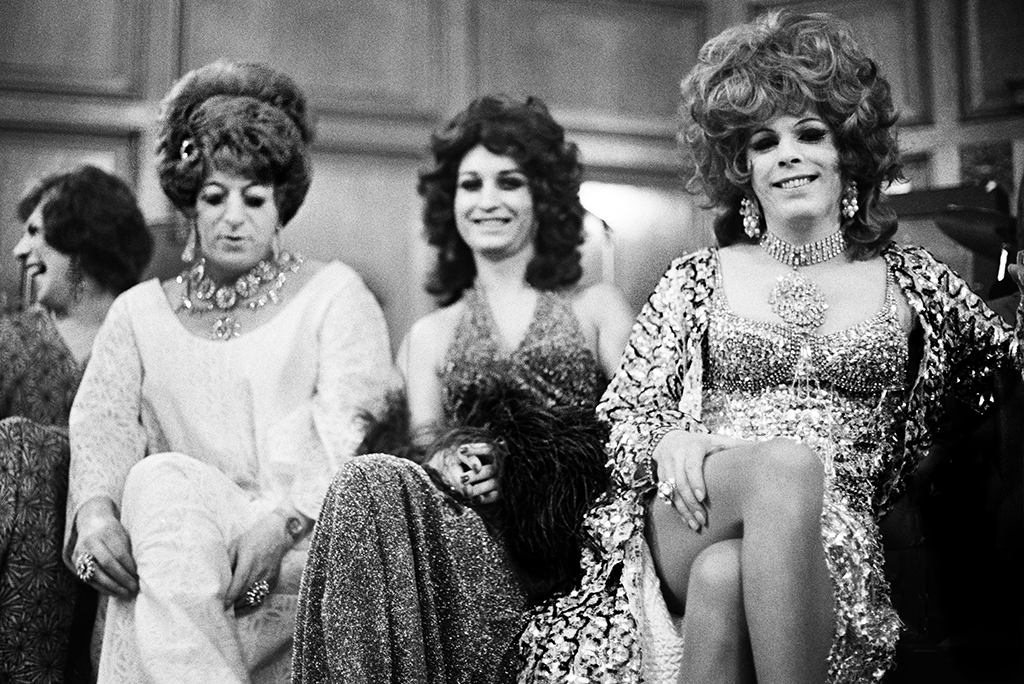
Porchester Hall Cabaret, 1971
Selected Works
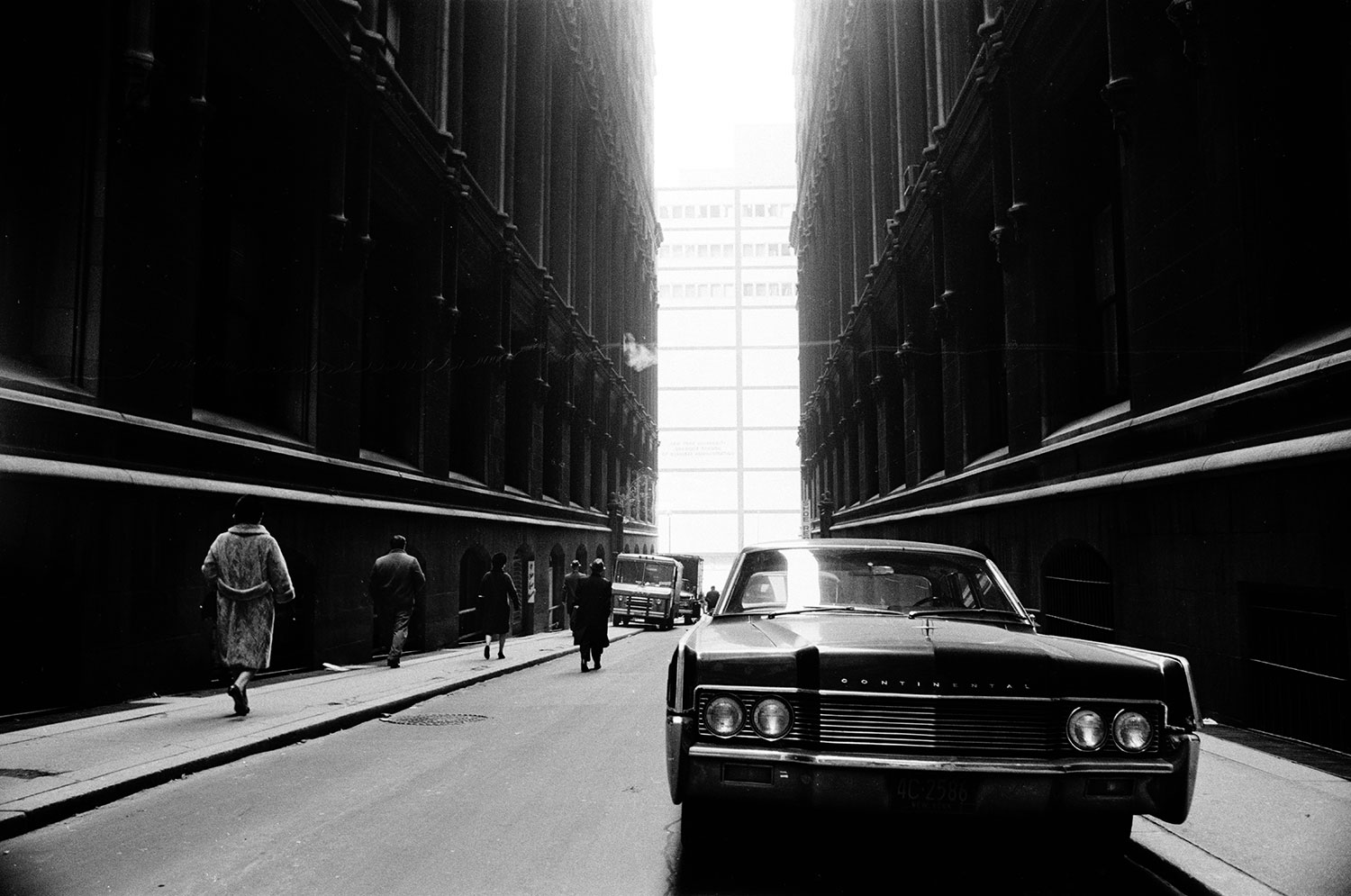
Manhattan - 60's 70'sProject type
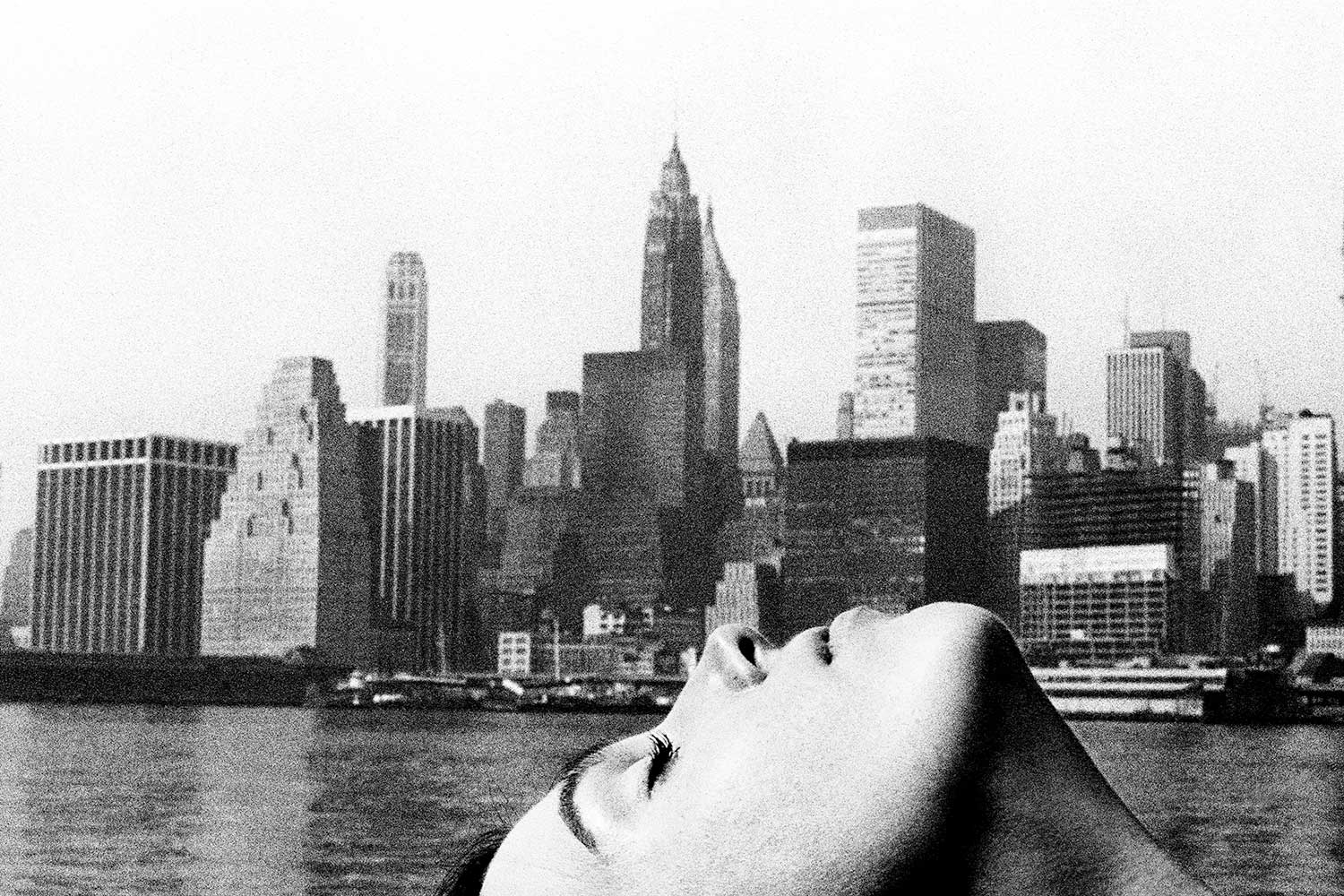
NEW YORK skyline 60's 80'sProject type
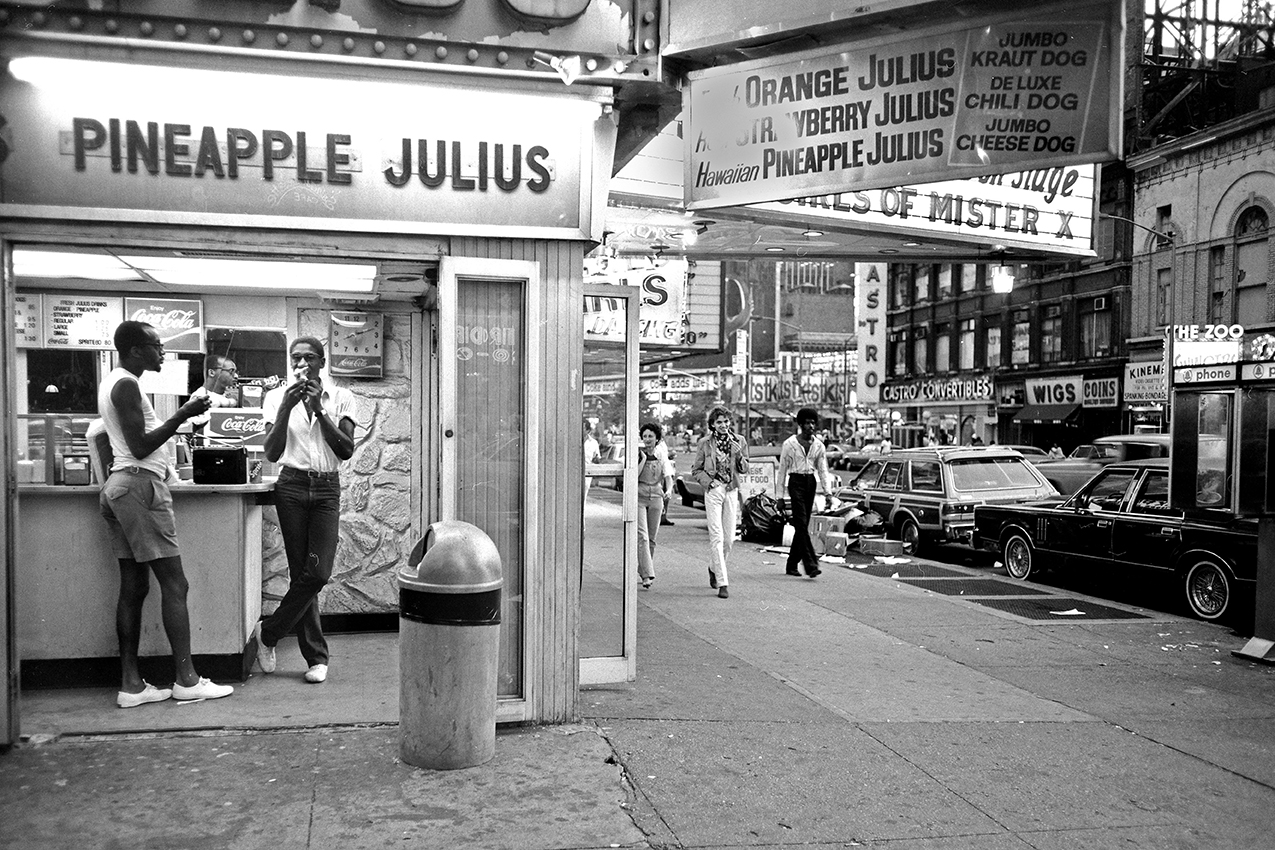
NEW YORK streetlife 60's 70'sProject type
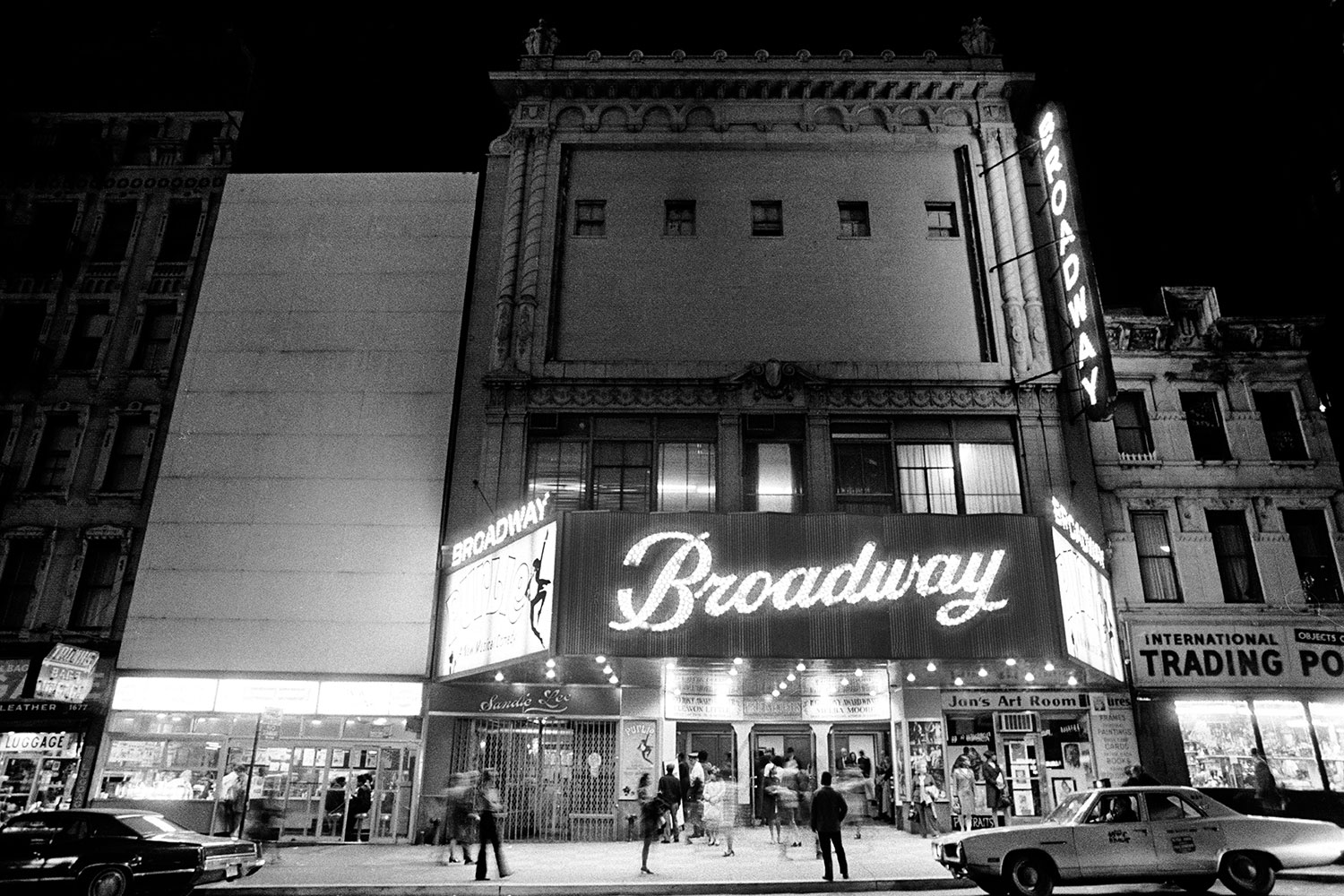
NEW YORK by night 60's 70'sProject type
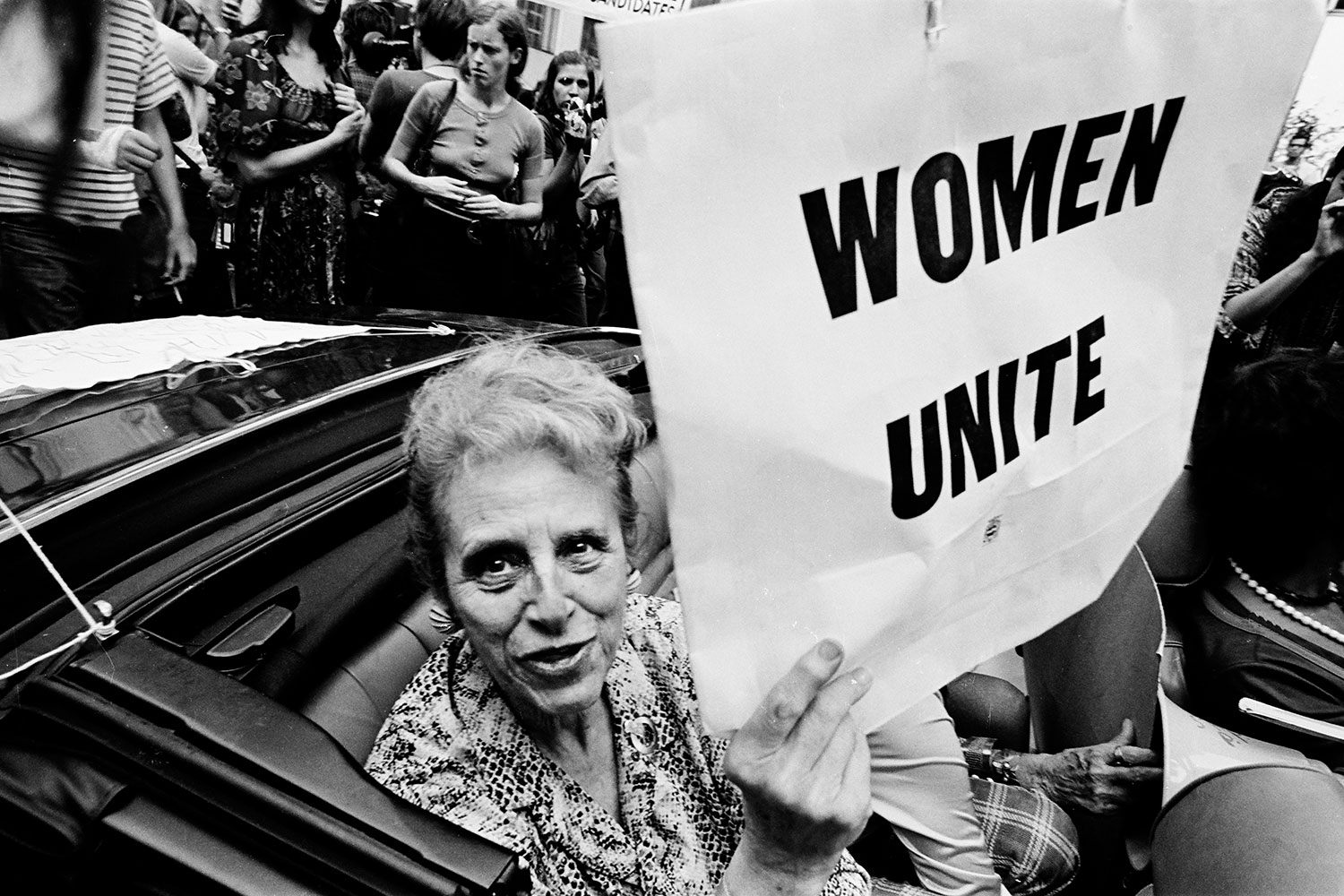
Women&LGBT&Human Rights 60's70'sProject type
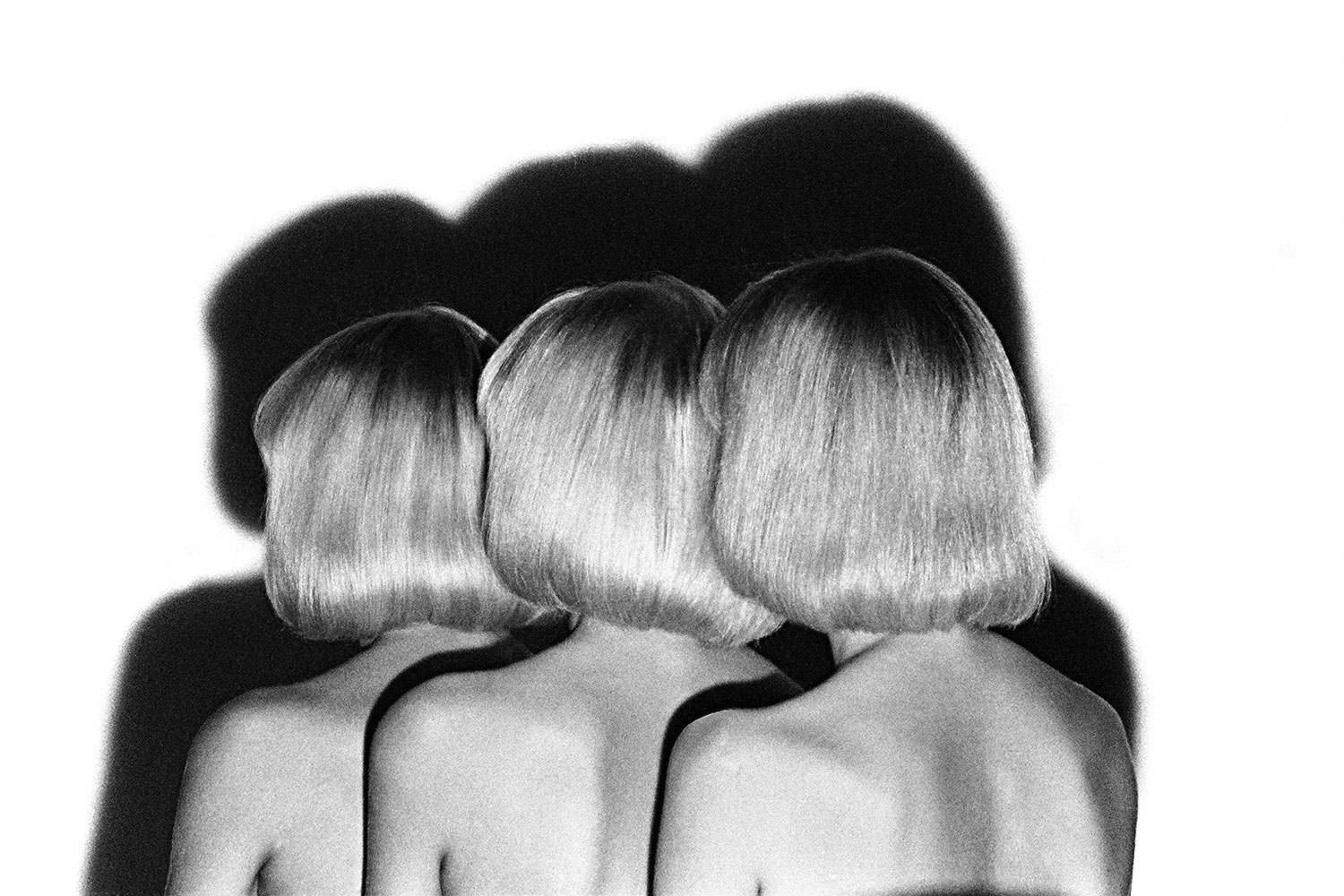
WOMENProject type

Ladyboy Cabaret — 70sProject type
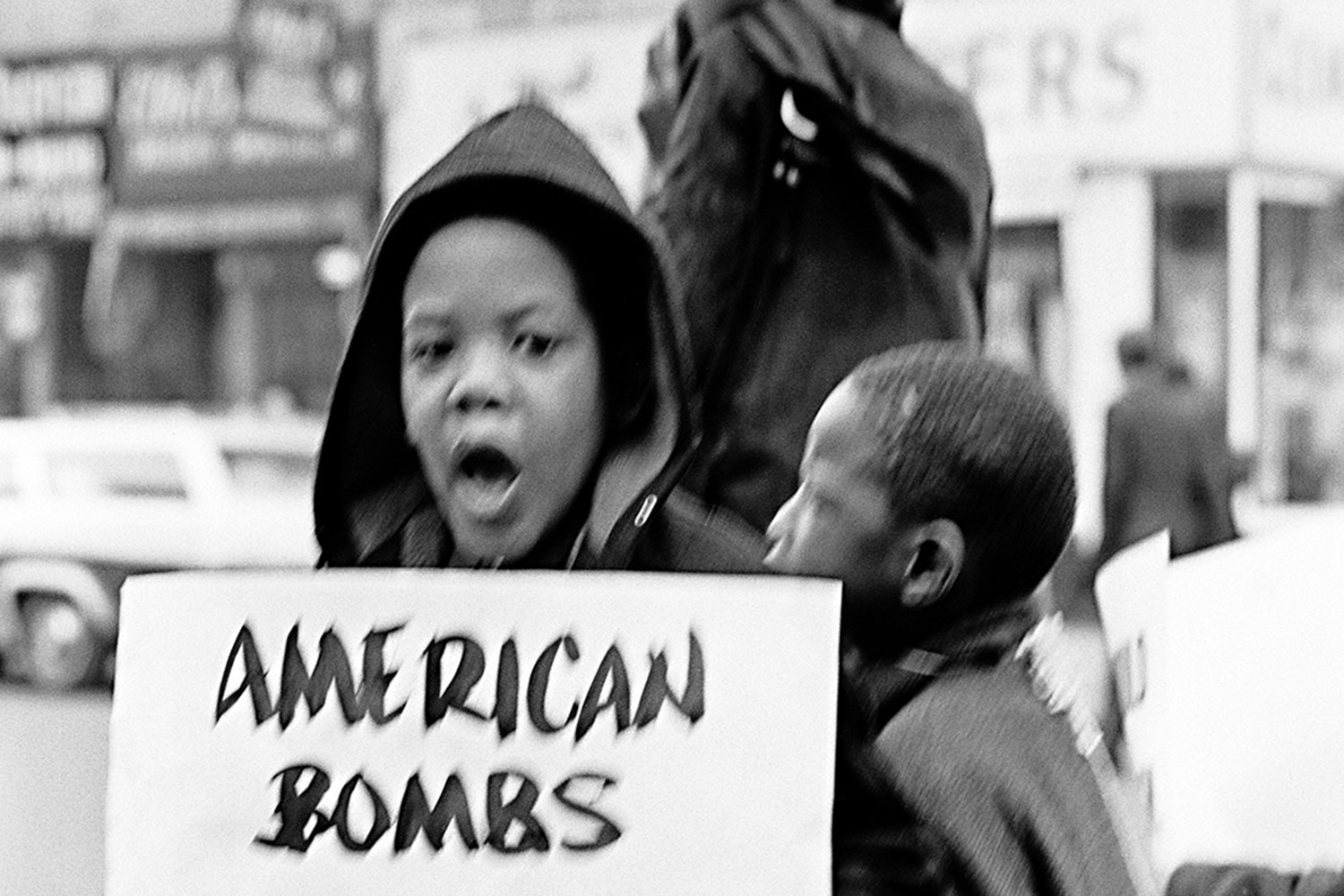
Contestations 60's70'sProject type
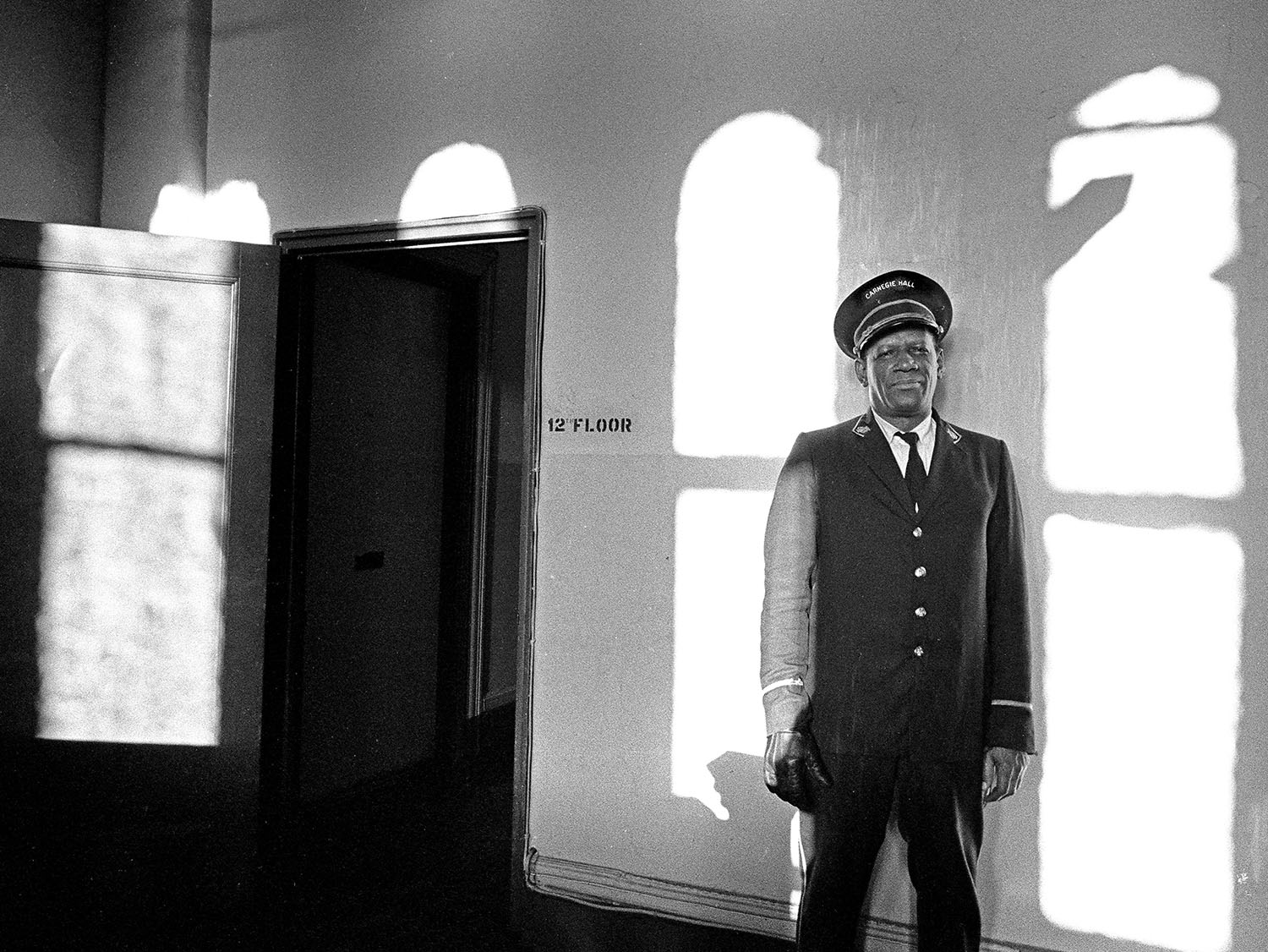
Carnegie Hall's FacesProject type
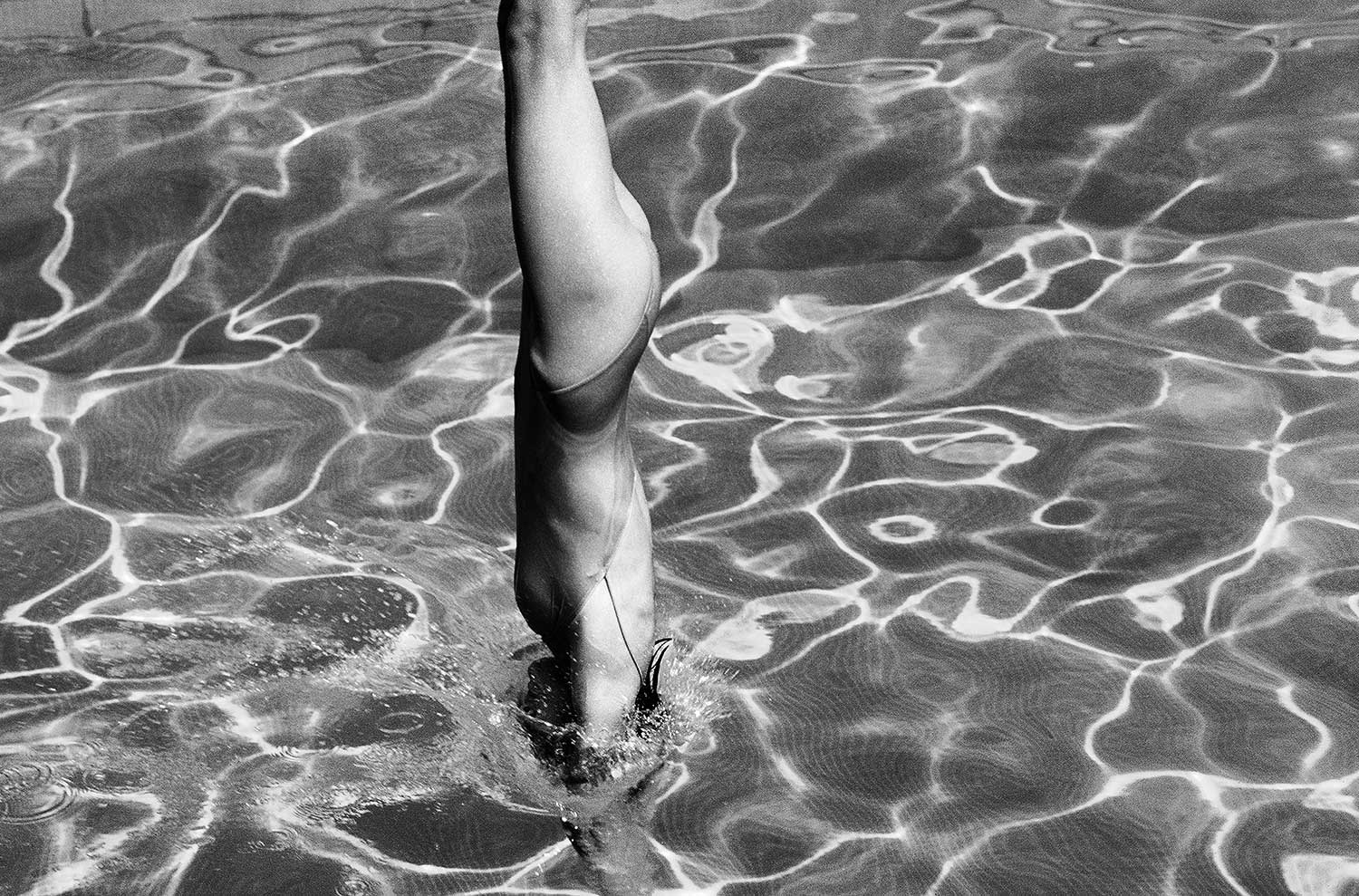
L'amour à la plageProject type
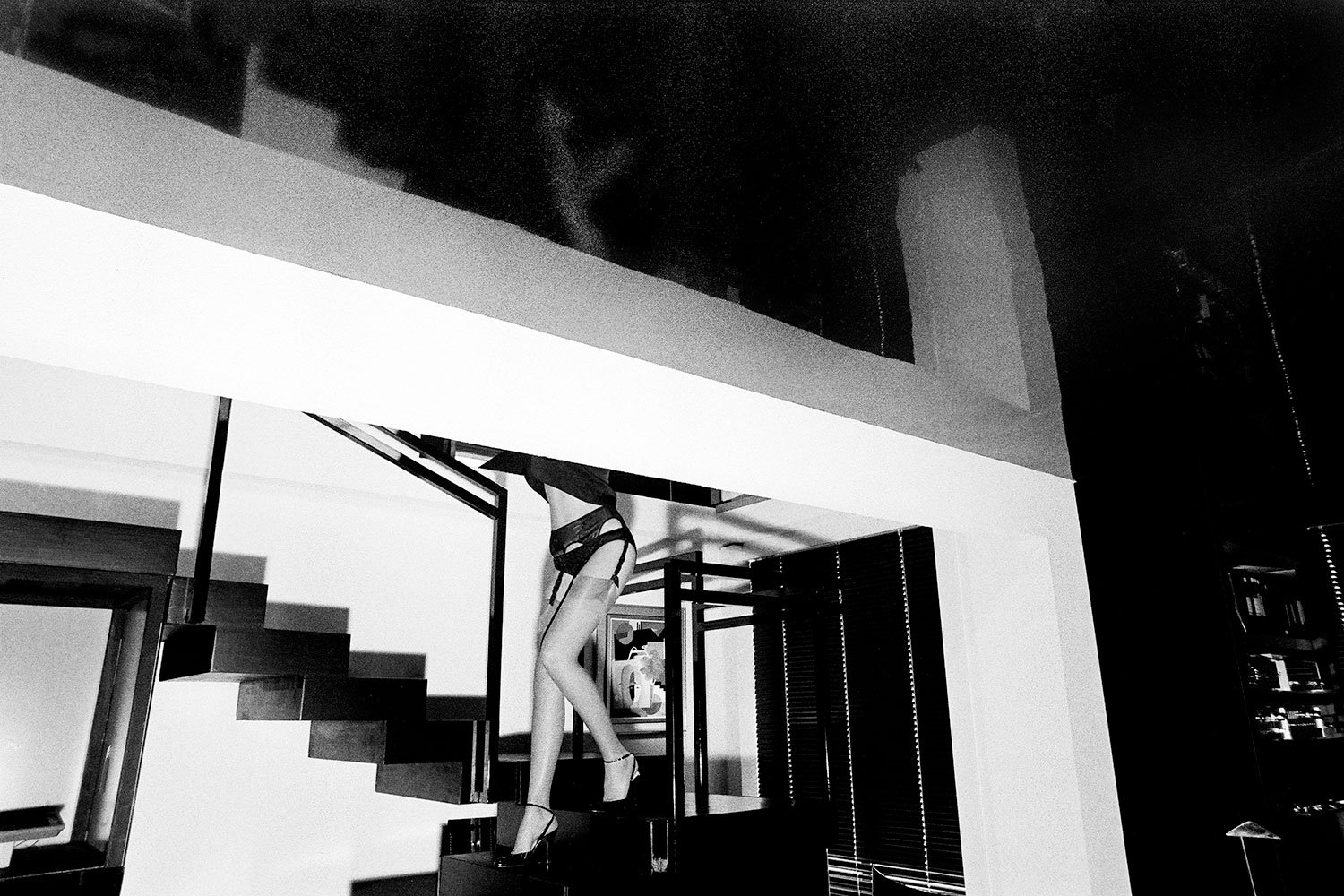
WOMEN EDITOProject type
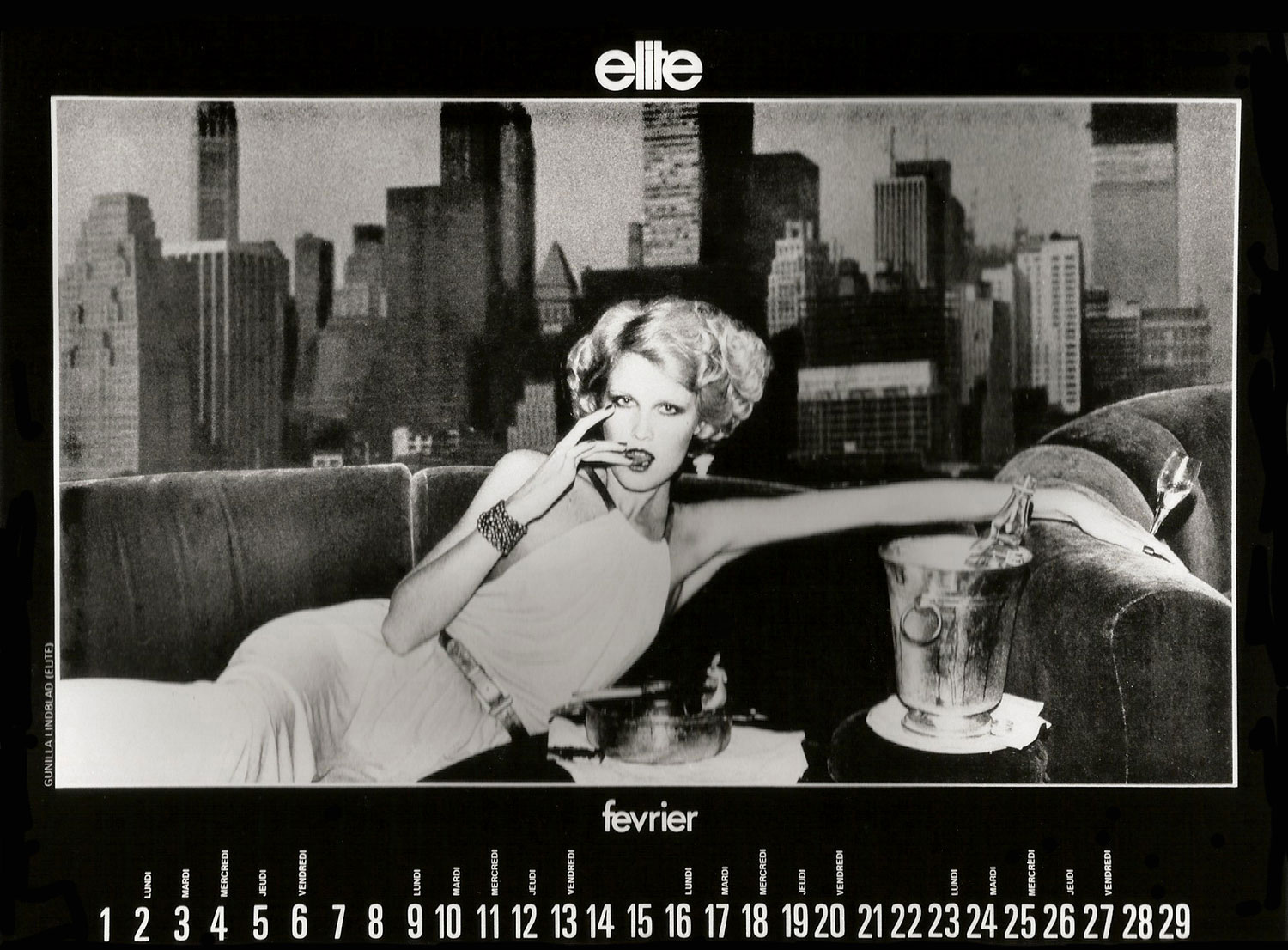
Elite Calendar 1974Project type
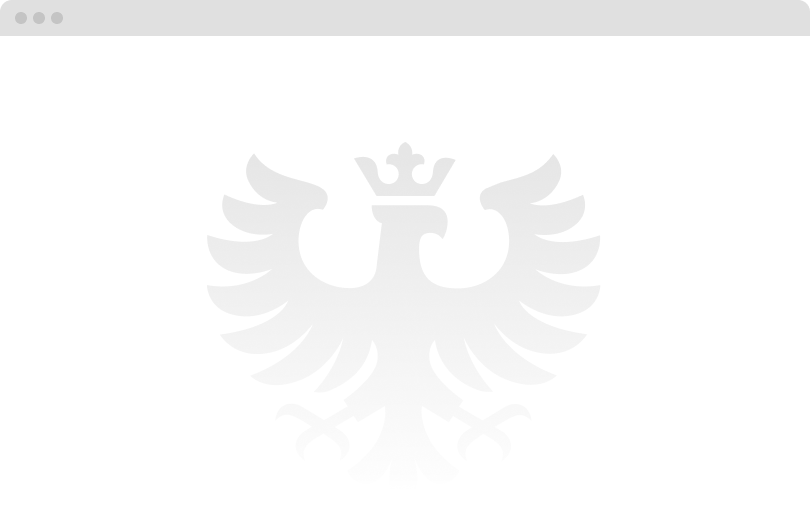
MEMORY BOOKProject type
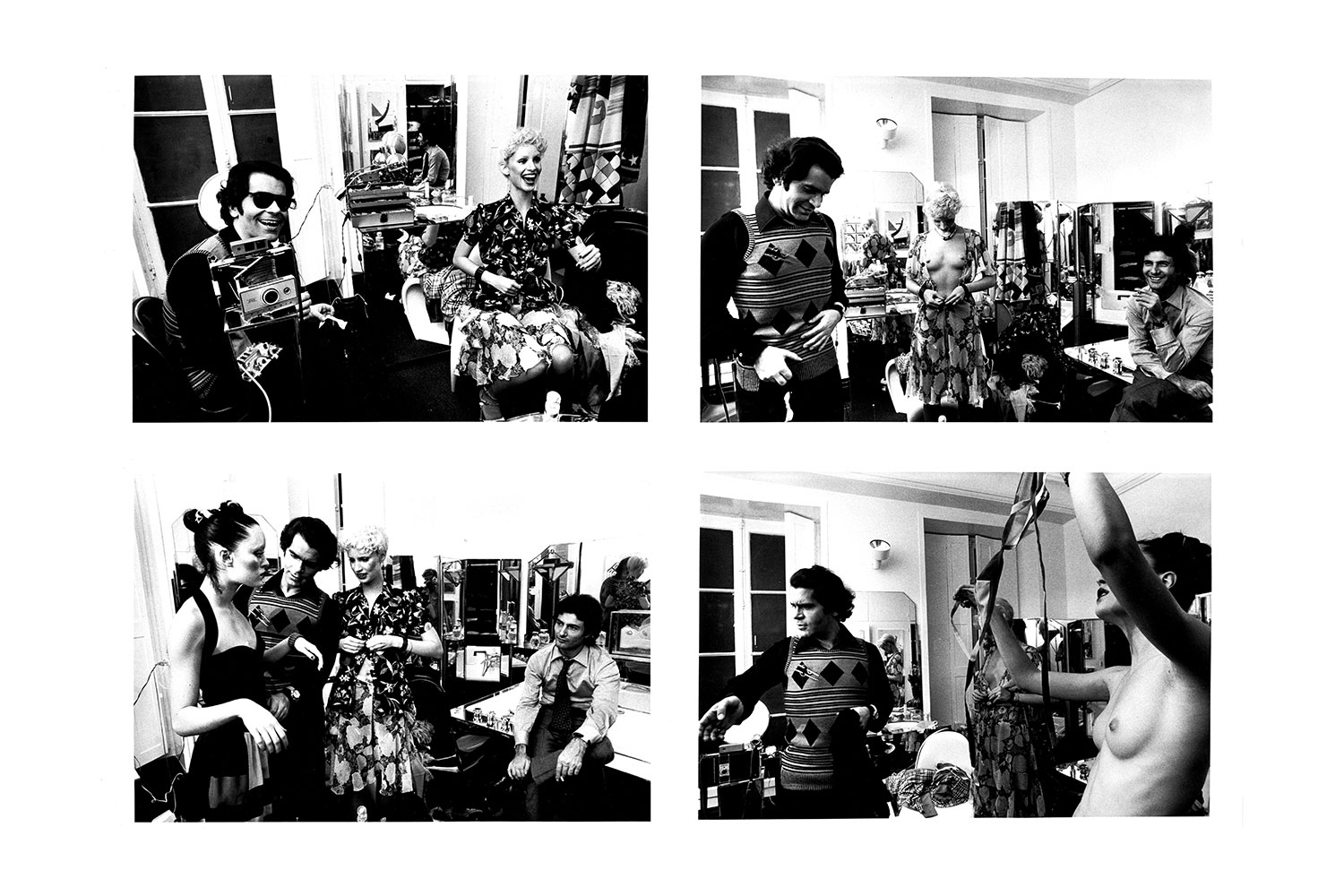
Karl Lagerfeld for Chloé 1976Project type
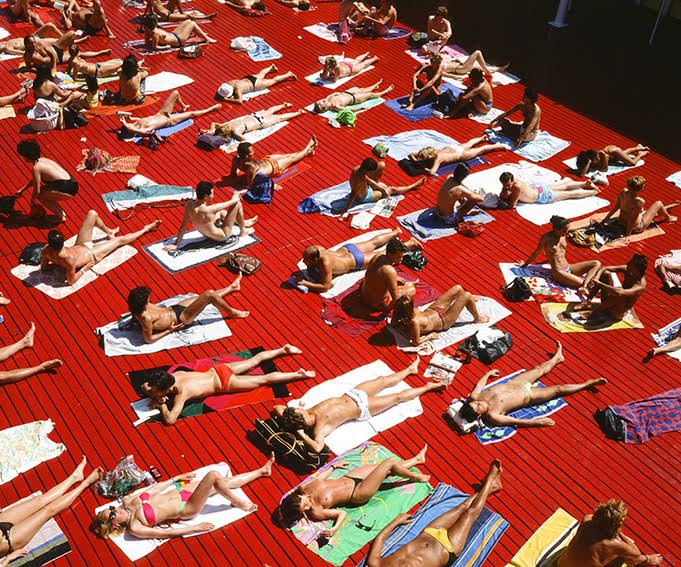
colorsProject type
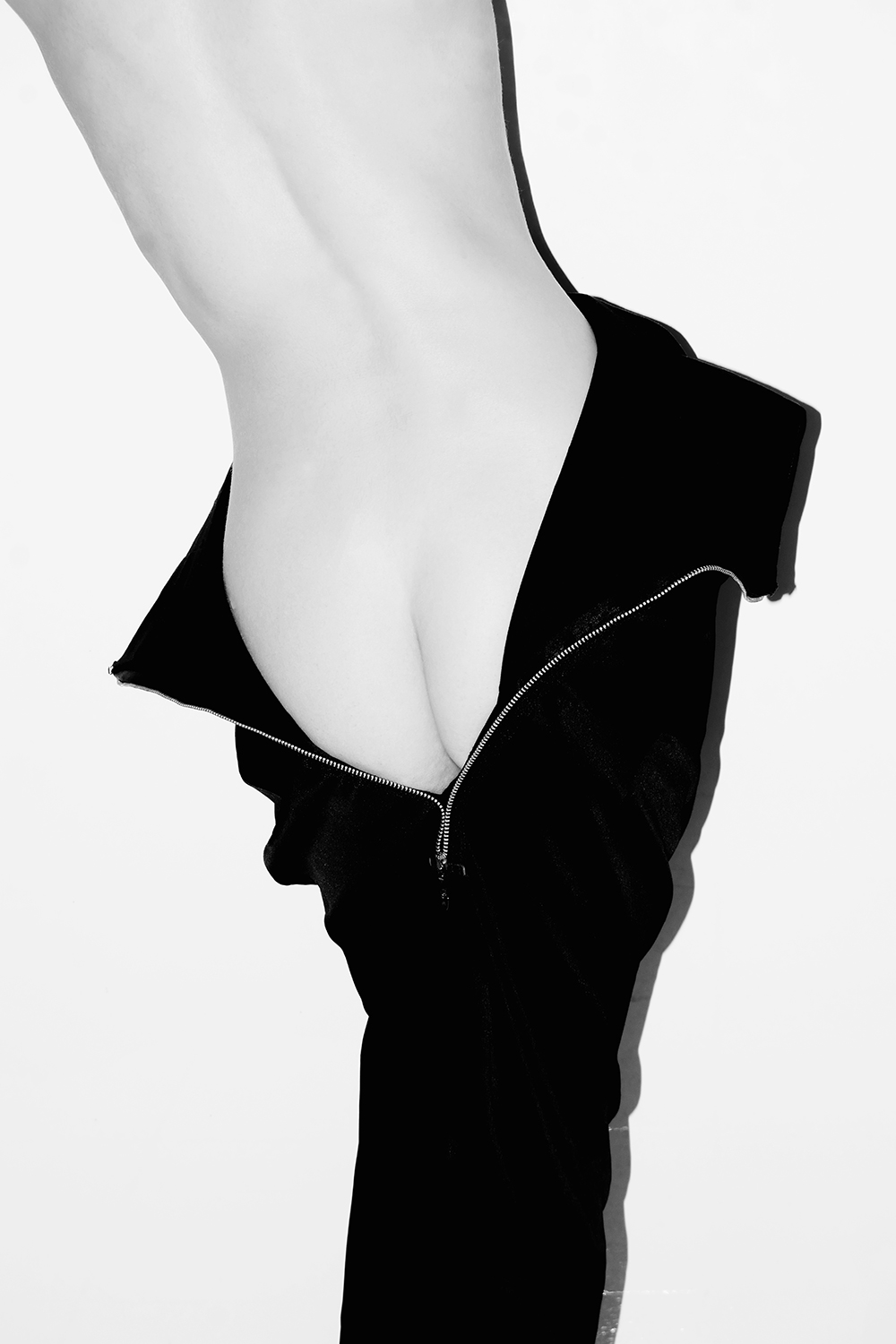
BODYProject type